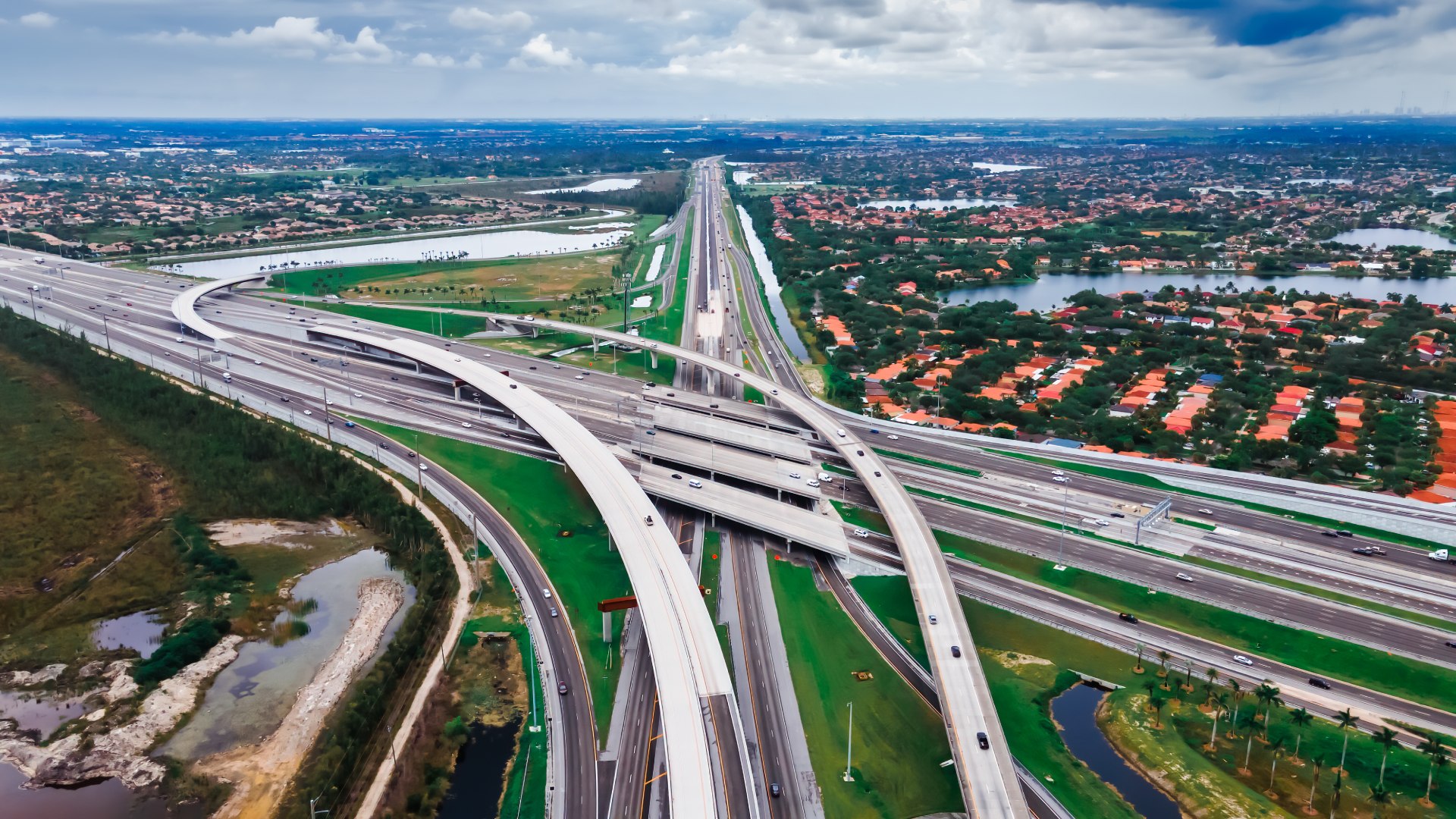Why is Florida called the sunshine state? Not just beaches, amusement parks, and sunshine. For decades, Florida has been seen as a retirement haven for Americans thanks to its high quality of life, favorable climate, and advantageous tax structure. Increasingly, however, the state is attracting new residents drawn by the growing opportunities in both large cities and small towns.
The Sunshine State, as Florida is known, has surpassed 23 million residents and is projected to reach 26 million by 2030, overtaking New York to become the third most populous state in the U.S., behind California’s 40 million and Texas’s 30 million. Official data shows a steady increase, with between 300,000 and 380,000 new “Floridians” recorded each year—that’s about a thousand per day.
This population growth is impacting multiple economic sectors, beginning with infrastructure. There is a pressing need for a million new jobs, which the Florida Chamber Foundation projects will be concentrated largely in the construction sector. Simultaneously, there’s a need to modernize and expand the state’s infrastructure network to meet the demands of a growing population.

